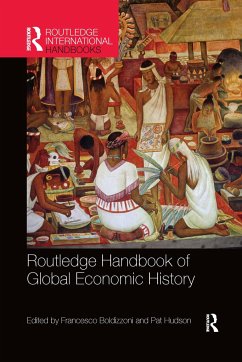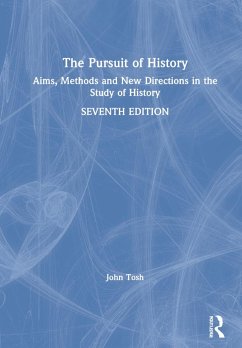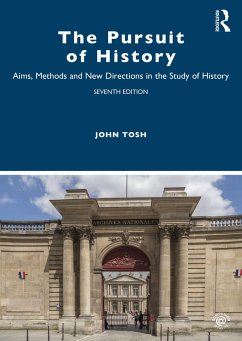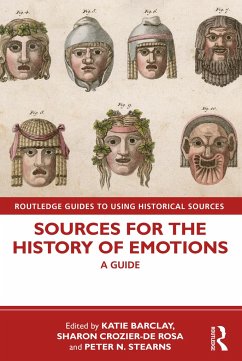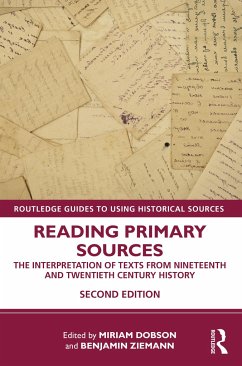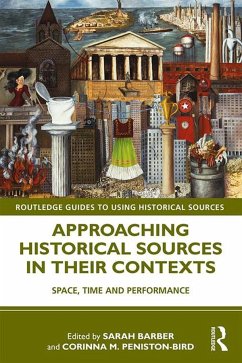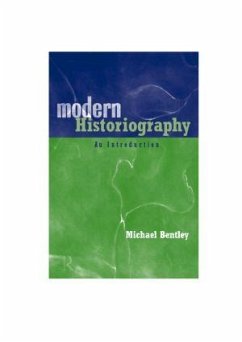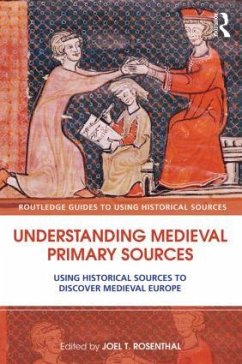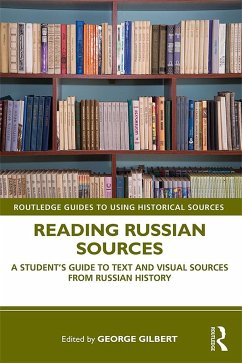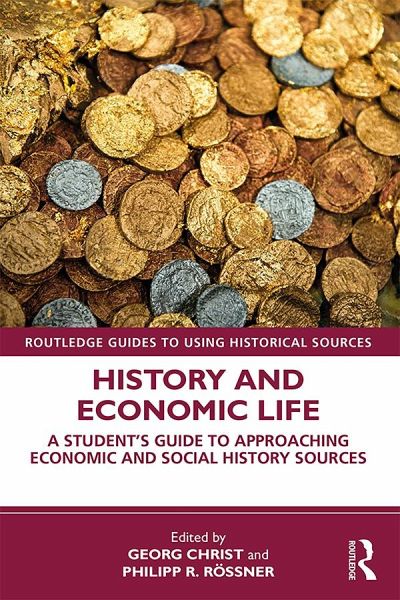
History and Economic Life
A Student's Guide to Approaching Economic and Social History Sources
Herausgeber: Christ, Georg; Rössner, Philipp R.
Versandkostenfrei!
Versandfertig in 1-2 Wochen
50,99 €
inkl. MwSt.
Weitere Ausgaben:

PAYBACK Punkte
25 °P sammeln!
This book offers students a wide-ranging introduction to both quantitative and qualitative approaches to interpreting economic history sources from the Middle Ages to the Twentieth Century. It is an essential resource for students undertaking source analysis within the field of Economic and Social History.





